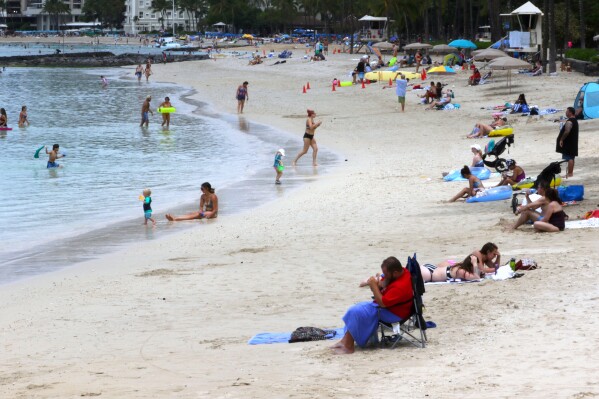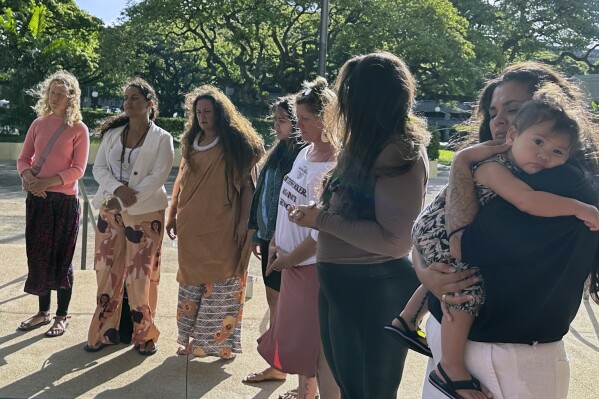More homeowners are needed to join the push to restore Honolulu’s urban watersheds
It’s been a year since eight conservation groups launched an unprecedented, large-scale restoration effort in the islands that tries to apply the Hawaiian concept of ahupuaa ridge-to-reef land management to one of Honolulu’s most heavily developed areas.
So far, that $7.8 million project, funded by the National Oceanic and Atmospheric Administration, has made early progress toward building pig-proof fences and reversing severe stream erosion in the upper forests of East Honolulu’s Wailupe, Niu and Kuliouou watersheds, organizers say.
They’ve also re-planted more than 1,500 heat-resilient coral fragments in the watersheds’ lower reaches of Maunalua Bay, organizers report. That’s occurred during the first year of what’s slated to be a three-year campaign.
But the groups still face an uphill climb making measurable impacts in the critical middle section of those watersheds — the urban flatlands that make their ridge-to-reef restoration project so unique.
Just four homeowners in those East Honolulu flatlands, which are covered in pavement and concrete, have agreed so far to install rain barrels on their properties and help prevent excessive stormwater from flowing into Maunalua Bay, according to Doug Harper, executive director of the nonprofit Malama Maunalua, which leads the consortium.



“We have a lot of work to do,” Harper said last week. “If every homeowner installed a rain barrel that’s literally millions of gallons that won’t be coming down (into Maunalua Bay) annually.”
Some $1.5 million of the NOAA funding has been expended so far, according to Daniel Arencibia, a project manager with Malama Maunalua, which spearheaded the effort to get those dollars.
Currently, the consortium is working to finalize its construction permits to install fencing around 400 acres of mostly pristine forest between the Hawaii Loa and Kuliouou ridges, he added.
The groups are also working on a project to stem the massive erosion in the Wailupe Stream that deposits tons of sediment into Maunalua Bay, according to Harper. That sediment, plus stormwater and pollutants from the flatlands, can do enormous damage to the bay’s fragile ecosystem, he said.
Homeowners can use the water collected in rain barrels to water their landscaping or for other uses on-site. Harper said that Malama Maunalua and the other groups plan to do more outreach to try and spur more interest in the barrels among East Honolulu homeowners.
They’re also looking into ways to potentially subsidize the cost of those barrels, Harper said. The Honolulu Board of Water Supply already tries to encourage rain barrel purchases with its own $40 rebate program.
The conservation consortium is also working with local schools and a shopping center that might soon install permeable surfaces on their property to absorb storm water into the ground, he added.
NOAA Administrator Richard Spinrad said he’s impressed with how the reef-to-ridge project has gone so far.
“It’s remarkable,” Spinrad said during a visit Tuesday to Maunalua Bay, where Harper and other project leaders briefed him on their efforts. “As environmental scientists we all understand the connectivity between what’s happening on ridge, on the flatlands, what’s happening in the bay, and here it is right in front of us in a relatively compact demonstration.”
If Hawaii’s first urban ridge-to-reef restoration is a success, organizers believe it could be replicated in other heavily developed parts of town.
Harper said the current work is about “proving that we can do it.”
___
This story was originally published by Honolulu Civil Beat and distributed through a partnership with The Associated Press.
Disclaimer: The copyright of this article belongs to the original author. Reposting this article is solely for the purpose of information dissemination and does not constitute any investment advice. If there is any infringement, please contact us immediately. We will make corrections or deletions as necessary. Thank you.






